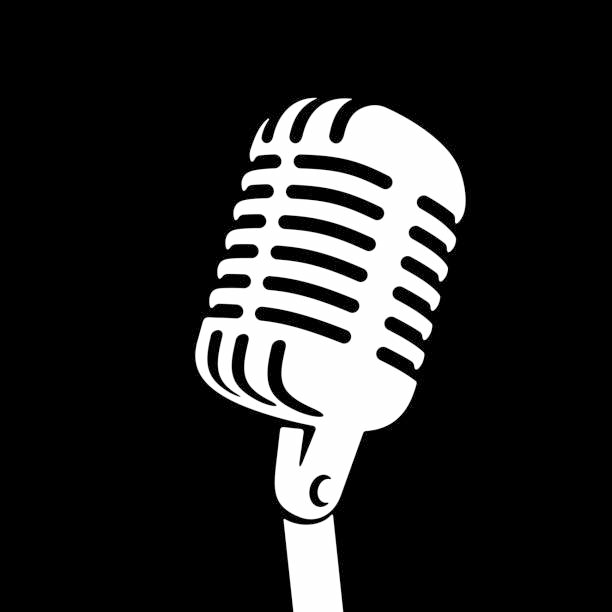-
Partager cette page
Multiproxy study of 7500-year-old wooden sickles from the Lakeshore Village of La Marmotta, Italy

Un article de B. Gassin et collaborateurs
New paper of Niccolò Mazzucco, Mario Mineo, Daniele Arobba, Rosanna Caramiello, Laura Caruso Fermé, Bernard Gassin, Denis Guilbeau, Juan José Ibáñez, Lionello F. Morandi, Millán Mozota, Fiona Pichon, Marta Portillo, Maxime Rageot, Gerard Remolins, Mauro Rottoli & Juan F. Gibaja.
Abstract from Nature site :
The lakeshore site of La Marmotta is one of the most important Early Neolithic sites of Mediterranean Europe. The site is famous for the exceptional preservation of organic materials, including numerous wooden artefacts related to navigation, agriculture, textile production, and basketry. This article presents interdisciplinary research on three of the most complete and well-preserved sickles recovered from the site, yet unpublished. All the components of the tools are analysed: the stone inserts, the wooden haft and the adhesive substances used to fix the stones inside the haft. Our innovative methodology combines use-wear and microtexture analysis of stone tools through confocal microscopy, taxonomical and technological analysis of wood, gas chromatography–mass spectrometry analysis of the adhesive substances, and pollen, non-pollen palynomorphs, and phytolith analysis of the remains incorporated within the adhesive. This multiproxy approach provides a significant insight into the life of these tools, from their production to their use and abandonment, providing evidence of the species of harvested plants and the conditions of the field during the harvesting.






